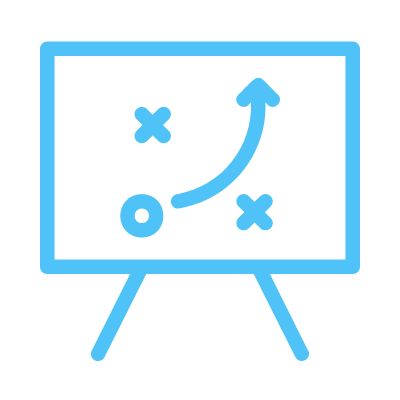
Imagine having the power to rapidly predict the future of your planogram (POG) arrangement success in stores. That’s exactly what our cutting-edge prediction model does. Our platform is continuously fed with fresh customer behavior data, ensuring that its depth is ever-growing and it is continuously updated with current behavior trends to provide you with the best predictive analytics recommendations for today. Arrangement AI gives you the ability to fine-tune your recommendations or verify the strength of your current strategy for next-level customer experience.
Say goodbye to endless meetings and spreadsheet analysis. In less than 10 days, our decision-making platform provides you with clear, concise, and data-backed insights into which planogram will yield the highest sales lift.


Harness the power of advanced algorithms combined with a massive customer data lake of 2-million shopping trips to predict your best planogram sales lift.
For a fraction of the cost of in-store methods, Arrangement AI will arm you with the datasets needed to win with your merchant for an optimized customer journey.

Quickly compare multiple POG ideas to identify which are most likely to deliver the highest category and brand sales.

Generate new POG ideas

Rapid arrangement

Assess category drivers

Arrangement AI FAQs
Frequently Asked Questions
Predictive customer analytics is a process of customer insights that uses existing shopper data to forecast future outcomes. It leverages machine learning and artificial intelligence, pared with data science and statistical models to predict how customers will behave in the future.
Arrangement AI is a cutting-edge prediction model based on InContext’s exclusive data lake of more than 2 million virtual shopping studies.
Arrangement AI is used by shopper insights, category management and brand management professionals who are looking for a way to quickly gain additional insights from their current shopper behavior studies.
What sets our AI solution apart from other AI solutions is our vast customer data set of 2 million virtual shopping trips, mined over years of shopper research studies. It draws from real-world, scenario-based data to predict outcomes. This rich shopper insights dataset provides a highly specific and granular understanding of consumer behavior within various retail environments, drawing from real-world, scenario-based data to predict outcomes.. By leveraging our predictive analysis AI model, you’ll gain answers to merchandising assumptions in a fraction of the time you could with traditional methods or even a virtual study.
All categories available have an R2 score of 0.9 or higher. This means that 90% of variations in the dependent variables are predictable from the independent variable. The average predictive accuracy across all categories, subcategories, or segments is 80%. We are recommending that a minimum predictive accuracy of 70% for a given category, subcategory, or segment be used as a threshold for use. This means that 70% of the time the model accurately predicts data will be significantly higher, lower, or flat when the design is tested with real shoppers.
Predictive customer analytics enable retail teams to quickly understand their shopper demographics, their needs and preferences, and adjust accordingly–without fielding intensive research studies. Teams can tailor their merchandising and marketing strategies based on data science from past shopper insights, reducing risk and inefficiency.
No, it is not meant to be used as a replacement, but as a supplemental for use when time is a factor. The ability to analyze a category is dependent on having sufficient data from virtual testing. The list of categories available today is not inclusive of every category InContext has ever tested as some categories only have one study or have too much inconsistency in variables to produce an accurate prediction. Furthermore, category assortment, pricing, etc. evolve over time so continuing to test virtually helps provide the predictive model with new information necessary to making accurate predictions.
Fill out the form above and an insights professional will get back to you ASAP!